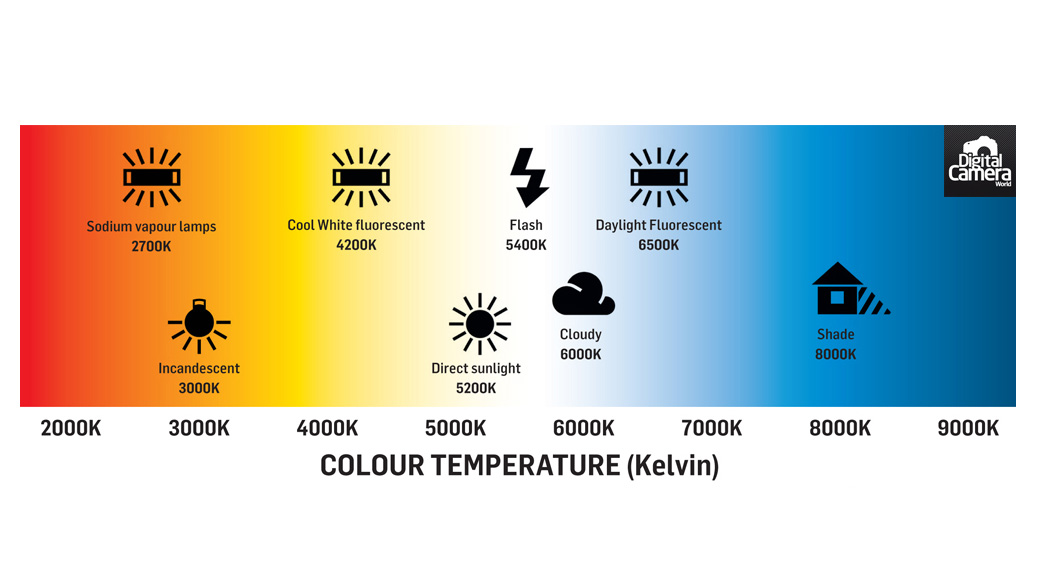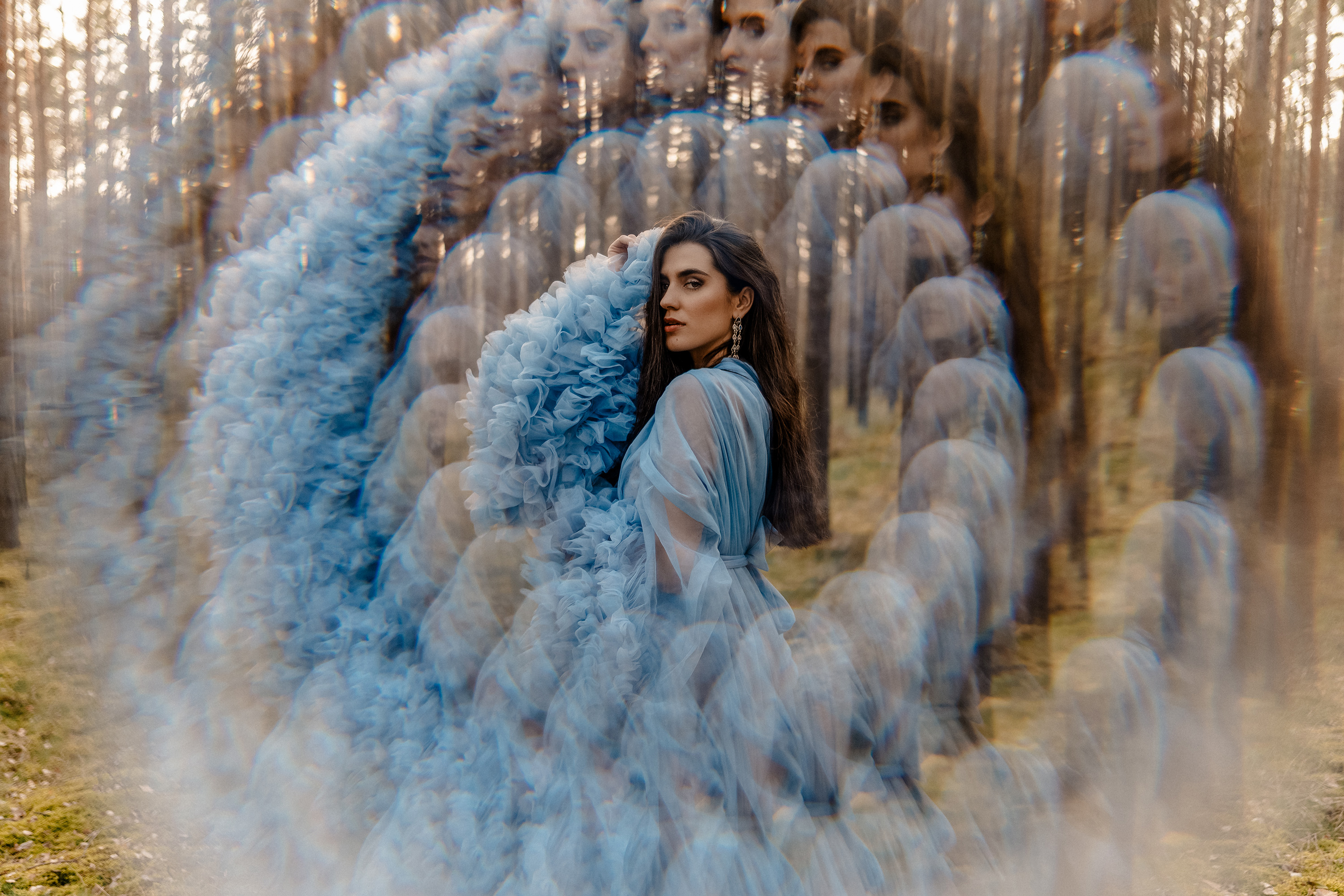Wait a minute, camera manufacturers have been doing white balance WRONG all along?
Struggling to get your white balance right? Turns out it’s not an exact science

Whilst browsing ‘the tube’ for my lunchtime viewing, I happened upon a rather clickbaity-looking title, “White Balance is Broken”, by @MinutePhysics. So, I took the bait, and from the opening statement, “almost all professional photographic, video, and cinema cameras do white balance wrong,” I was hooked. What grabbed me about this particular YouTube channel is that it’s about science and physics, not cameras, so I was interested to hear an unbiased take.
Above: the YouTube video that challenges standard camera's WB settings
The video points out that there’s not much difference between white balance options in enthusiast-level cameras and cinema cameras. As @MinutePhysics reveals, “Kelvin and color are not linearly related”. Manually changing white balance requires you to alter the Kelvin unit, but cameras change the Kelvin scale in equal increments: 5200K, 5300K, 5400K and so on.
The problem is that although these increments are numerically equidistant apart, this doesn’t translate to the actual color temperature. So, the jump in color temperature from 5200K to 5300K and 5300K to 5400K isn’t linear. The result is a color temperature spectrum that’s heavily weighted towards warmer color temperatures.
As @MinutePhysics puts it: “On the lower end of the Kelvin scale, a small change in white balance leads to a big change in color”. That means if your white balance is off by, say, one or two increments, it’ll appear farther out at the lower, cooler end than the higher, warmer end of the spectrum.
I don’t know about you, but that blew my mind. And the odd thing is, I think I’ve subconsciously noticed this, I just never questioned it. @MinutePhysics ponders why white balance isn’t treated more like exposure, which also isn’t linear, but the increments reflect this, e.g. f/2.8, f/4, f/5.6 aren’t numerically equidistant apart, but each indicates the aperture narrowing by one stop of light. Thankfully, @MinutePhysics has come up with a solution, but you’ll have to watch the full video (above) to find out what it is.
You might also like...
Interested in more technical articles? Here's one on field of view. Struggling to nail your white balance? That's why you should shoot RAW. Finally, the best LED light panels allow you to alter their color temperature output on the fly.
The best camera deals, reviews, product advice, and unmissable photography news, direct to your inbox!

Mike studied photography at college, honing his Adobe Photoshop skills and learning to work in the studio and darkroom. After a few years writing for various publications, he headed to the ‘Big Smoke’ to work on Wex Photo Video’s award-winning content team, before transitioning back to print as Technique Editor (later Deputy Editor) on N-Photo: The Nikon Magazine.
With bylines in Digital Camera, PhotoPlus: The Canon Magazine, Practical Photography, Digital Photographer, iMore, and TechRadar, he’s a fountain of photography and consumer tech knowledge, making him a top tutor for techniques on cameras, lenses, tripods, filters, and more. His expertise extends to everything from portraits and landscapes to abstracts and architecture to wildlife and, yes, fast things going around race tracks...
You must confirm your public display name before commenting
Please logout and then login again, you will then be prompted to enter your display name.

